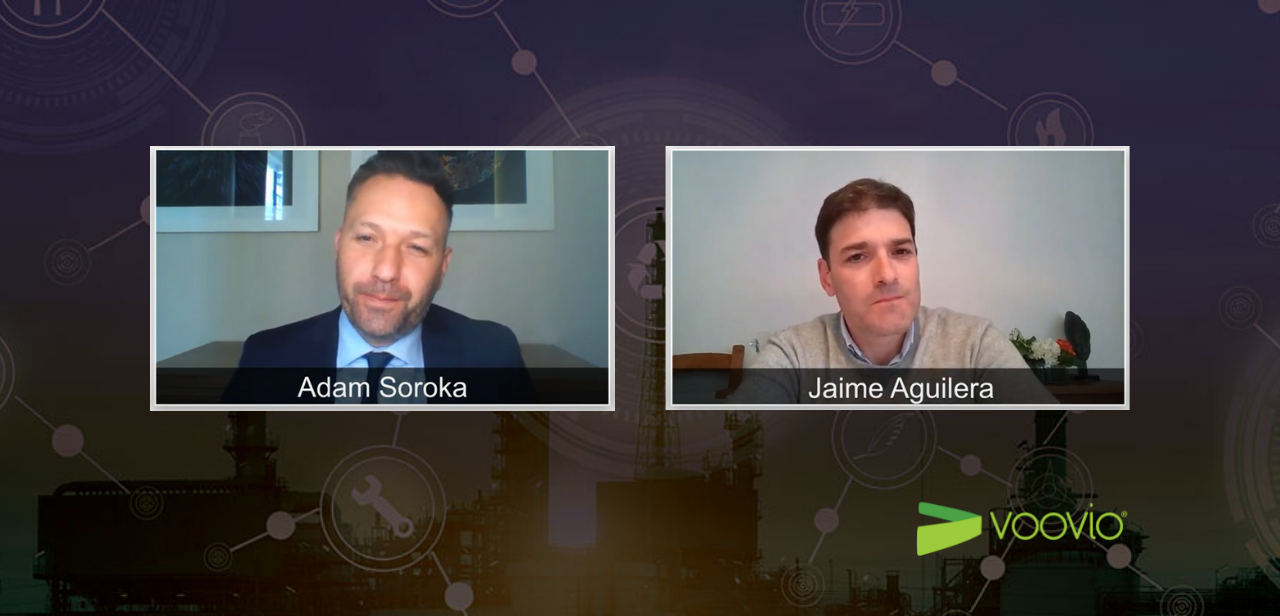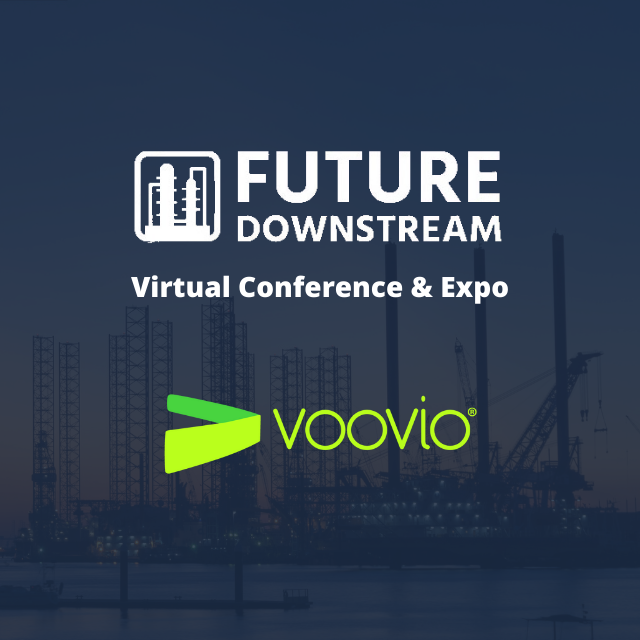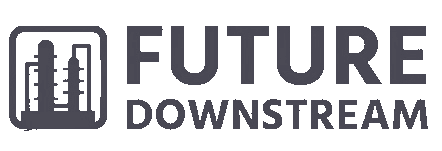
From 27th – 28th April 2022 we joined the virtual Future Downstream 2022 to discuss how Disruption, Digitalisation and Innovation is shaping the downstream oil and gas and chemical manufacturing sectors. Chemical and refinery operators; downstream service companies; downstream automation and digitalisation specialists; technology suppliers and industry associations analyzed the challenges and opportunities for the refining and chemicals industry. Our team spoke with hundreds of industry experts and shared their takeaways on an exciting moment for our sector. Read here about the key takeaways and watch our session on the Digital Twin of the Person!
Key takeaways
1: Technology is fundamental to drive sustainability
The downstream sector is going through an unprecedented change. Refining systems are facing the challenge to reform and change; as through the use of circular feedstocks and the development and deployment of technologies. There is a tremendous demand for greener solutions from end-users and during the sessions the panelists remarked on how the refining industry has always been very cost-focused, only employing technology that is well-known and established. The industry needs to learn how to experiment – and we need regulation to support that, as well as a viable business case for the industry to invest in.
2: Energy efficiency as a number 1 priority
Panelists spoke about how (in the short term) organizations need to buckle down and implement energy efficient solutions to support more sustainable business models and operations, which will mean that organizations will have to embrace an element of risk. The solutions are out there and the best ones are often localized and targeted to very specific problems.
3: Digital Twins must capture the value of people
A recurring theme in all sessions was the journey towards increasing the availability, reliability and productivity of assets. This is why we heard a lot about efforts in IoT, Data Mining, robotic inspections and predictive maintenance. Most of these efforts are channeled through the Digital Twin concept. But to be successful in the digital journey, the digital twins also need to capture the influence of the people, as assets are run by people. Organizations have to engage people from the beginning, to design tools together with them so that they feel invested in the success of such projects.
4: Adoption and creating a culture of innovation
The downstream industry is on the cusp of large upscale development of digital solutions to meet business needs. As digital innovation reshapes the industry, the success of any digital transformation strategy will depend on creating a culture of innovation. Organizations will need top-down endorsement and bottom-up championing as well as being comfortable with failure and allowing people to capture digital innovation from the start so they are more open to adopting such solutions.
5: Data matters, but people do more
The need to build digital twins for the Downstream Sector requires the acquisition of a lot of data. We heard speakers talking about ‘data as the new petroleum’ and that Gartner’s prediction that in 2022 many AI projects would fail due to data may well be correct. However, not everyone is an expert and as much as data matters, people are the most important part of the puzzle. Data has to be made simpler, put in context with information users are familiar with, so it enriches their job and helps them to make better and smarter decisions.
To see the session with Jaime Aguilera on ‘The Digital Twin of the Person’, watch the video below:
To catch up on all content of the Future Downstream
& view recordings on demand click here.
Want to find out more about such solutions? Explore our resource center.




